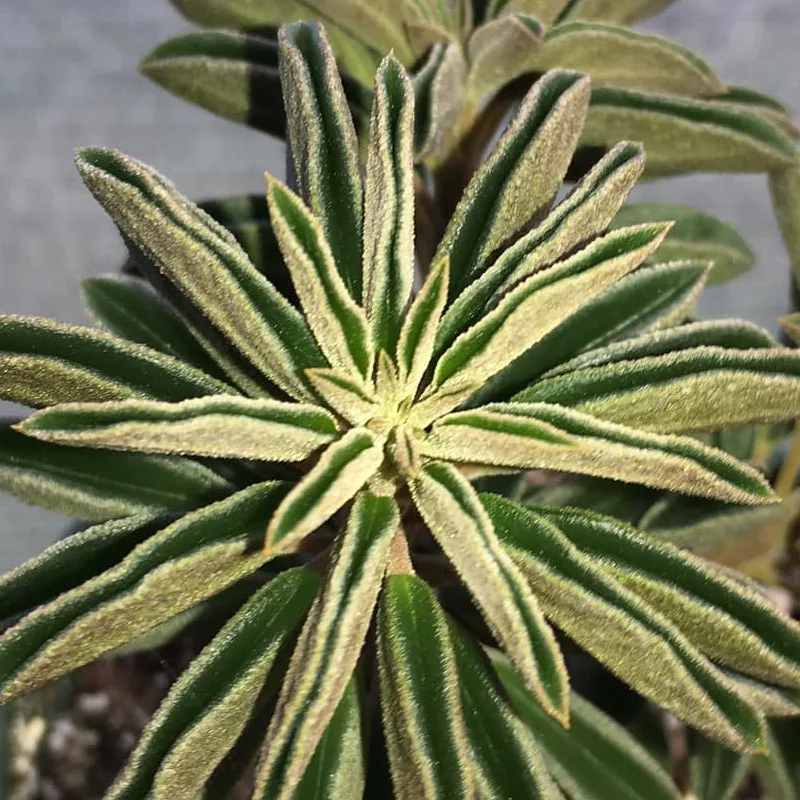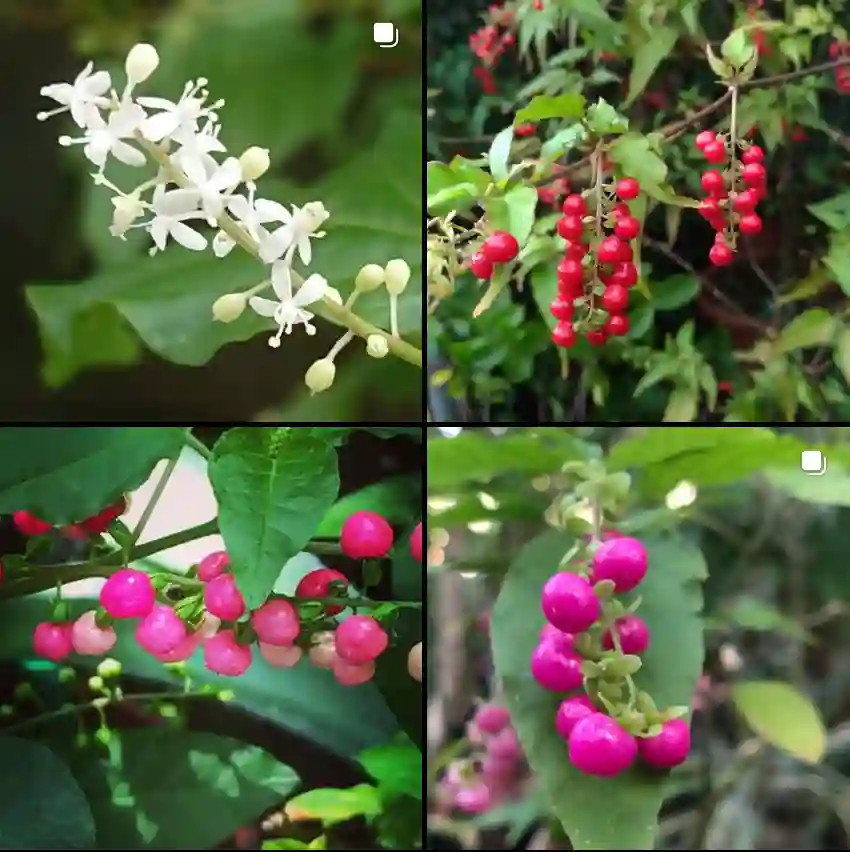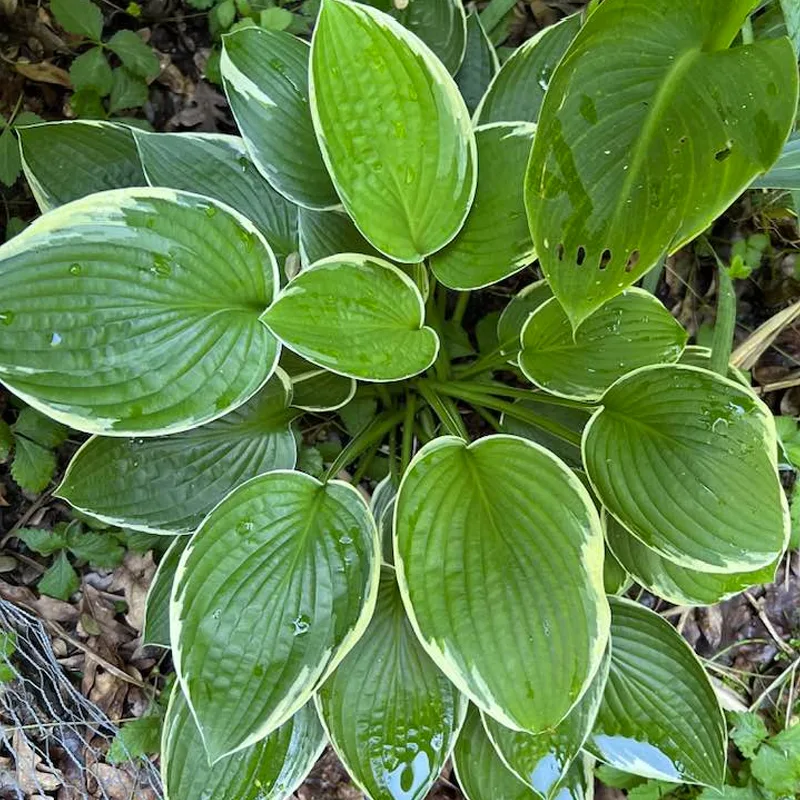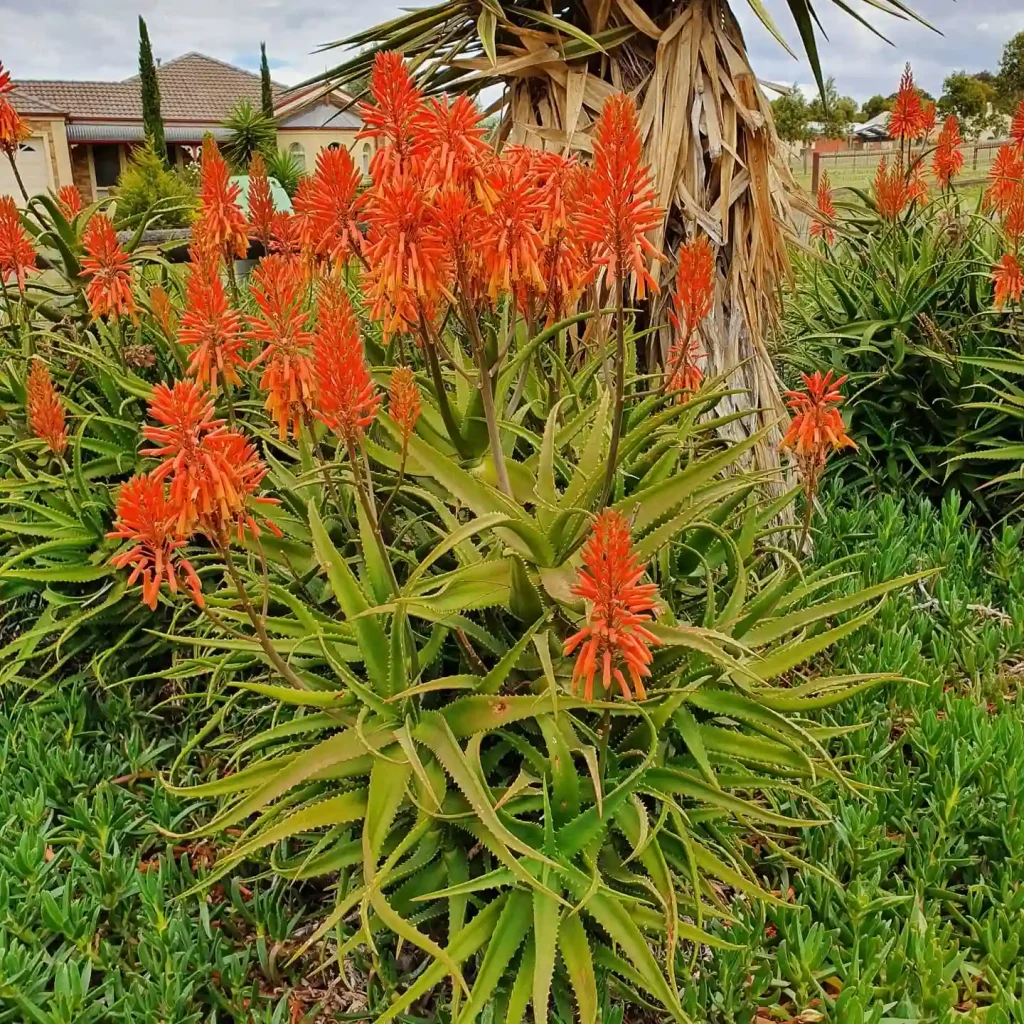The Fascinating Family of Koeberliniaceae
The plant world never ceases to amaze me with its diverse families, each carrying unique characteristics and stories. Among them is the small but intriguing family Koeberliniaceae, which stands out with its single genus, Koeberlinia, and its two distinct species: Koeberlinia spinosa and Koeberlinia holacantha. While this family may not have the spotlight like others, it holds a unique charm in its biology and ecological roles.
Understanding the Family Koeberliniaceae
The Koeberliniaceae family belongs to the order Brassicales, a group more commonly known for mustard and cabbage relatives. This family is monotypic, meaning it contains just one genus, Koeberlinia. What makes this family special is its adaptability to harsh environments, especially arid and semi-arid regions.
Koeberliniaceae plants are xerophytes, meaning they are drought-resistant and have evolved to thrive where water is scarce. Their ability to survive under such tough conditions speaks volumes about the resilience of nature.
The Genus Koeberlinia
When exploring Koeberlinia, I’m captivated by its simplicity and strength. This genus, consisting of two species, demonstrates nature’s ingenuity in adapting to challenging ecosystems. The species—Koeberlinia spinosa and Koeberlinia holacantha—share many traits, yet each has its own identity.
Koeberlinia spinosa: The Desert Survivor
Koeberlinia spinosa, often called “crown of thorns” due to its sharp spines, is a marvel of adaptation. Native to regions like the southwestern United States, Mexico, and parts of Central America, this plant is a master of efficiency.
- Growth Habits: It grows as a thorny shrub or small tree, reaching heights of 3–6 meters. The spines are its defining feature, protecting the plant from herbivores.
- Leaves and Photosynthesis: Its leaves are reduced to tiny scales, minimizing water loss. Interestingly, Koeberlinia spinosa relies heavily on its green stems for photosynthesis.
- Ecological Role: This species often acts as a pioneer in arid environments, stabilizing soil and providing shelter for other plants and animals.
I’ve always admired how Koeberlinia spinosa thrives in deserts, where life is often a test of endurance. It’s a reminder of how life persists against odds.
Koeberlinia holacantha: The Lesser-Known Cousin
Koeberlinia holacantha, although less studied, shares similarities with its spinosa counterpart. Found in South America, particularly in arid regions of Argentina and Paraguay, it showcases comparable survival strategies.
- Morphology: Like spinosa, this species has thorny stems and reduced leaves, ensuring it conserves as much water as possible.
- Habitat: Koeberlinia holacantha prefers dry scrublands and rocky terrains, showcasing its ability to colonize challenging landscapes.
- Potential Uses: Indigenous communities often utilize plants like Koeberlinia holacantha for medicinal or practical purposes, although more research is needed to understand its full potential.
Exploring the differences and similarities between these species deepens my appreciation for how plants evolve to suit their environments.
Unique Features of Koeberlinia
What sets Koeberlinia apart is its adaptability and resilience. The plant employs a CAM (Crassulacean Acid Metabolism) pathway to conserve water. This mechanism allows it to open its stomata at night, reducing water loss during the scorching daytime.
The genus is also fascinating from a taxonomic perspective. Koeberlinia was once classified under the Capparaceae family before being assigned its unique family. This highlights the ever-evolving nature of botanical science.
Koeberlinia’s Role in Ecology and Human Use
Both species in the Koeberlinia genus play significant ecological roles. They provide shelter and food for desert wildlife, stabilize soils, and often serve as a foundation for other plant life in their ecosystems.
Humans have also found uses for Koeberlinia. In traditional medicine, parts of these plants have been used to treat ailments, although scientific studies are limited. Additionally, their hardy wood makes them valuable for fencing or fuel in rural areas.
My Thoughts on Koeberliniaceae
Learning about the Koeberliniaceae family has been a journey into the resilience of life. Despite being a small family, its members have perfected survival in extreme conditions. I’m constantly inspired by how plants like Koeberlinia spinosa and Koeberlinia holacantha adapt, proving that even in the harshest environments, life can not only survive but thrive.
For me, Koeberliniaceae is a testament to nature’s ingenuity, a reminder of how even the smallest families in the plant kingdom have stories worth telling. Exploring Koeberlinia has deepened my appreciation for biodiversity and the intricate relationships between plants and their ecosystems.
Embracing the stories of plants like these enriches my journey as a plant enthusiast. Whether you’re a fellow enthusiast or simply curious, Koeberliniaceae offers a unique glimpse into the wonders of the natural world.
If i die, water my plants!



